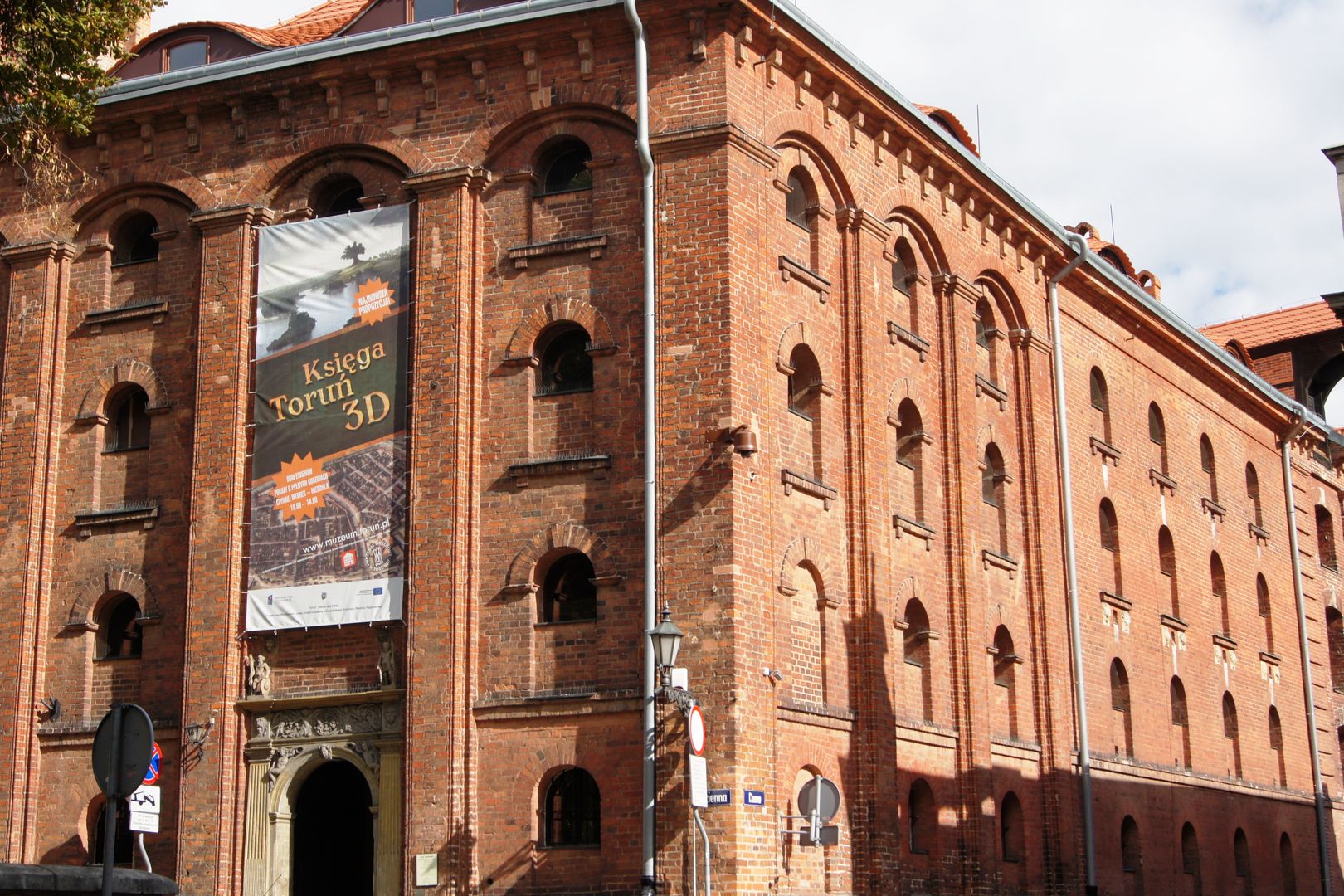Esken House
6.79

Overview
The House of the Esken Family, also known as the Red Granary, is a Gothic townhouse located at 16 Łazienna Street in Toruń, currently serving as the Museum of the History of Toruń. The building was constructed by the city builder Andrzej, and its first owners were the Hütfeld family. In the early 16th century, the townhouse was acquired by the Esken family, prominent among Toruń's patricians, who resided in the building for approximately 200 years. In 1703, the property passed into the hands of Samuel Schiedler and subsequently had numerous owners. In the mid-19th century, the townhouse was remodeled by the firm L. Damman and Korder, resulting in the removal of Gothic details and its transformation into a Neoclassical grain granary. In the 1980s, the building was renovated and adapted for use as a museum. Among the preserved architectural details of the building are Renaissance ceiling polychromes from the late 16th century, a unique washbasin niche in the hallway, fragments of a wall with a preserved side room vault, and a Renaissance portal with the initials of Franciszek Esken, created by the Gdańsk artist Willem van den Blocke. Another interesting feature is the oak doors depicting scenes from the parable of the prodigal son, which are now located in the Old Town Hall. The Museum of the History of Toruń, opened in 1990, offers visitors a rich presentation of the city's history, from prehistoric times to the present, with dedicated sections for different historical eras. The museum's basement also houses educational rooms. The House of the Esken Family combines cultural and historical significance, forming an important part of Toruń's heritage and its inhabitants.
Location
2025 Wizytor | All Rights Reserved